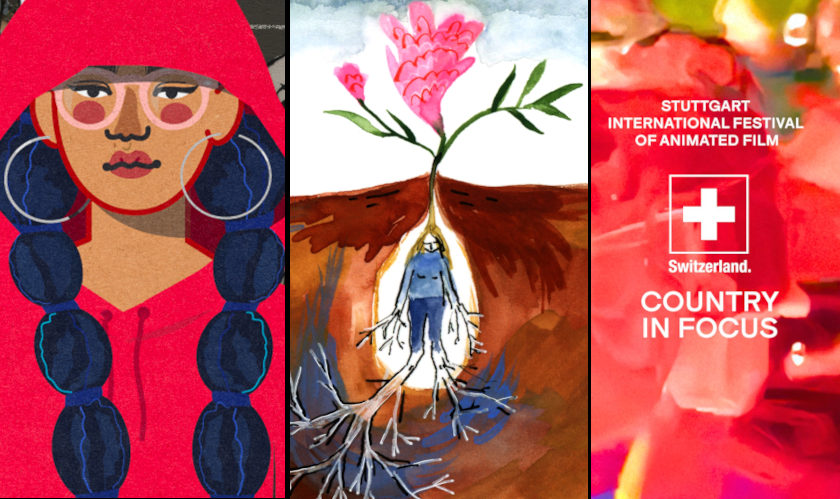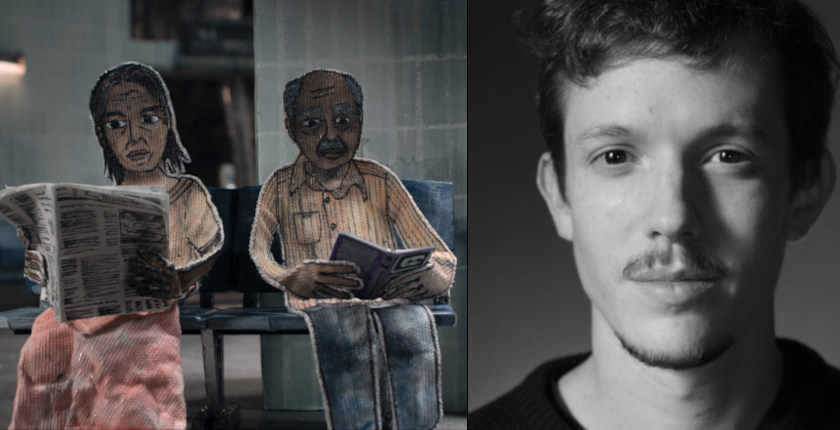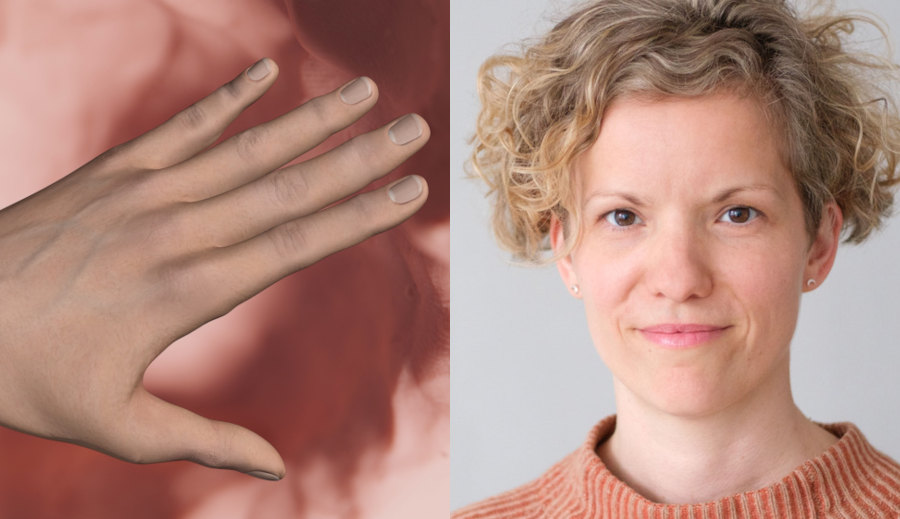Building Small But Distinctive Worlds: Interview with Sam and Fred Guillaume (Swiss Animation Portraits 2022)
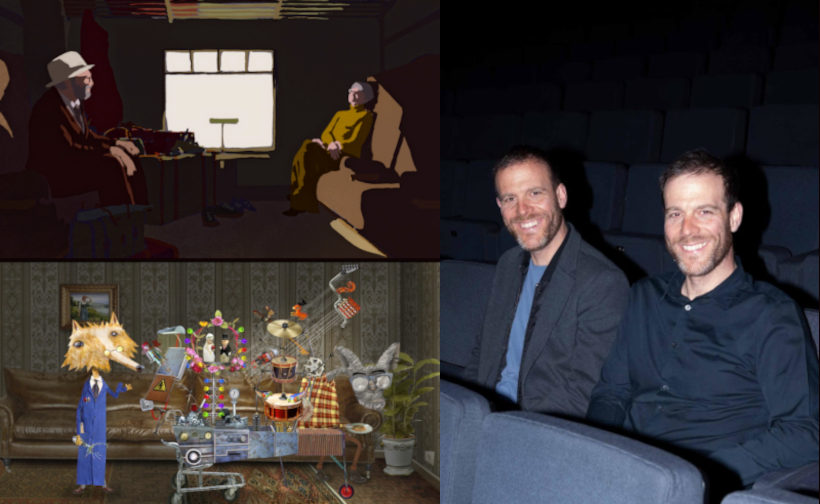
Sam and Fred Guillaume have worked together as a duo in the animation industry since 1998, creating many works that encompass a variety of techniques. Their first feature film, released in 2007, was ‘Max & Co’, a critically acclaimed stop-motion fable that showcased the dangers of capitalism. They have also released films made using real-life recorded testimonies, ‘La Nuit de l’Ours’ and ‘Sur le Pont’, which concentrate on, respectively, a community of those excluded by society and people who are nearing the end of their lives. Outside of their film work, the Guillaumes has also worked with the theater to combine live-action with animation, and have collaborated with artists to create installations. They have met and talked to Zippy Frames about how the animation industry has changed during their careers, their creative process, and their works, and teased what projects they soon hope to publish.
ZF: How did you become interested in animation?
FG: I think we really love to build small worlds. As children, we spent a lot of time in the forest building huts and stuff like this out of nature, and then Sam wanted to be in the cinema, with real actors, and I wanted to work in the industrial design field. When we did our first film together, I was responsible for the design and building of the puppets and the sets and everything, and Sam was in charge of script editing and animation. We discovered it was really fun to build worlds that were supposed to work, but actually didn’t. When you work in industrial design, it has to work for real, and for me, that was a bit boring. When you do film, you can pretend it works, you can pretend it’s for real, but it’s all a big trick. So that’s this was of inventing without limits that were really great.
ZF: You’ve been working in the animation industry for a long time now, over twenty years. How has the animation scene changed since you started working?
SG: When we started, we didn’t know other people working in animation. We worked with Super 8 and 16 mm film, so we learned really slow because the process was really slow and we didn’t have direct feedback. Now, with the digital and old tools and tutorials on everything, the new people coming into the animation industry are more qualified. When we started, we didn’t do a school of animation, we learned by ourselves and with other people, but I think now it’s harder. It’s better to have more knowledge and it’s good because we can now do films and build projects in the studio and it’s easier, even though the level is higher.
FG: The digital has changed quite a lot, with good sides, of course, but we’ve discovered the bad side of digital is that you think less—you do and then you see. When you work with real film, you really have to think before you shoot and you have fewer possibilities to change. Once it’s done, it’s done. It’s more expensive, of course, and you have to wait more time before you can see the results of your work, so we try to replicate this state of mind when we work with digital technology. What we discover with the youngest people we are working with is that sometimes they just do it without knowing where they are going. Not everyone, but it’s a tendency.
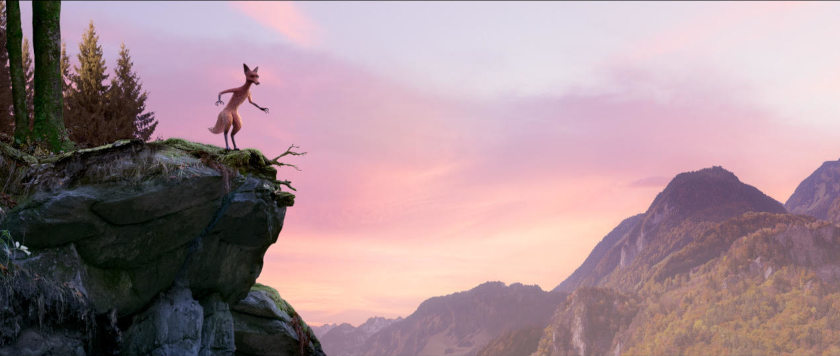
ZF: You work with a lot of different techniques. How do you settle on the technique for the movie?
FG: We do a lot of research. The first thing is to ask ourselves what we want to tell to the people. The first we used to do was more the will of doing the film, of having fun doing the film and trying to have fun, but sometimes we didn’t know exactly what we wanted to tell through this film. I think it sounds a bit obvious, but it’s not so easy to get to that point when you know ‘okay, that’s what I want to tell the audience.’ When this is clear, we try to find the right form, and then the technique or process could change a little bit what we want to tell but not so much. Then, when we have these two points, we start really making the film and combining what we want to tell with the technique, so it’s a lot of tests and prototypes. We’ve discovered it’s worth spending more time in testing because then the production is much easier. We try not to leave open questions before going into production; if it’s a project when we work just the two of us, they’re not a big problem, but as soon as you hire people, it’s really important to know exactly where you are going.
ZF: In your film ‘Max & Co’, you follow a story that has anti-capitalistic themes. Do you find it necessary to approach these topics through animation?
SG: We work with a producer who is really aware of these kinds of messages. When we did this film, it was okay for us to talk about this, but now we talk about other subjects that are also important.
FG: Maybe looking back, for me, the topic was a bit too obvious, the way it was shown in the story. Of course, we share a lot of those values, but the problem is that the way it's shown is a bit too one-to-one. It was not suggested, it was really shown, and now we try to tell share values in a different way, where we work more with metaphors, and have a way of telling the story where we don’t show a theme, but instead suggest it. Then, everybody has their own interpretation of the movie. In ‘Max & Co’ it was really clear what we thought at the time. We are really proud of this movie because it was quite hard to do at that moment and it was the first in Switzerland done like this, but in terms of the script, if we would tell this story today, I think it would be a lot more subtle.
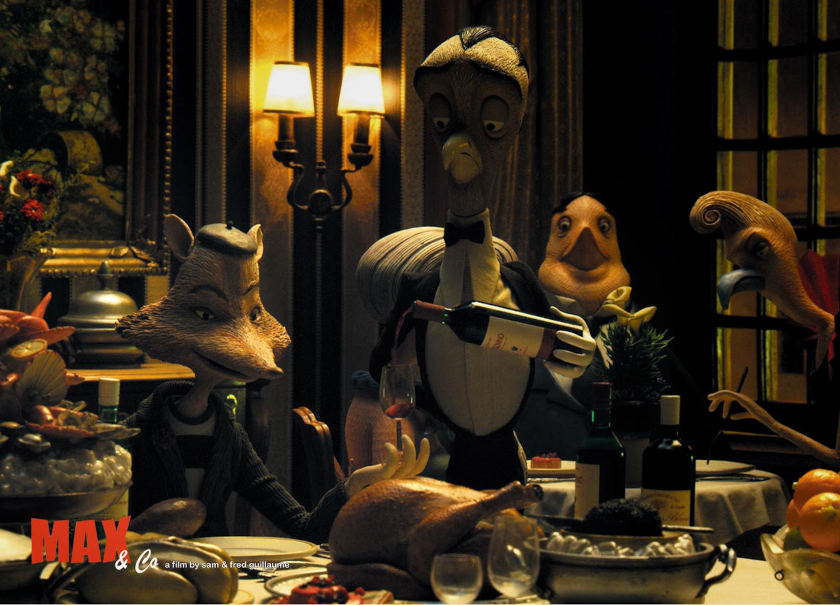
ZF: Overall, a lot of your films have general themes of togetherness. Is it a conscious decision to have these themes reappear throughout your cinematography or do they simply go along with the story?
SG: It’s not really conscious. It’s interesting you say that because I realized that yes, it’s the case, but what we like is when people meet and act together.
FG: I think it’s because for us making a film is an experience of meeting together, building a team. It’s really a question of humanity and connection and sharing things. Maybe then in the movies, in the plot, or in the script, this kind of dynamic comes naturally. Also, a film is really something where you try to meet or catch the audience’s attention, so it’s also a question of sharing with people you don’t know. But it’s not conscious; what we try to do is tell a story, the best story possible.
ZF: In two of your works, ‘Sur le Pont’ and ‘La Nuit de l’Ours’, the audio is taken from recorded real-life testimonies. Why did you decide to use these recordings instead of voice actors?
FG: Because it’s not only the voices but it’s the stories people tell that are real, that are their stories. Those two movies are really documentaries and we were really interested in giving a place or giving voices to people without seeing them. Of course, you hear the voices, but the people also contributed to writing the whole story, so the script is made by the people and then we choose, arrange, we edit, and everything, but the heart of the story comes from real people experiences. That’s what we like. When we use real voices, they have an emotional charge that is quite high, because it’s real. It’s really different than rewriting it and also having it played by actors. It’s a really different kind of emotion, so that’s why we love to work with real voices.
ZF: Where does the idea to take these recordings to fit into the creative process?
FG: On those two movies, the recording was the first thing we did and we build the films around that, around the voices. We met and recorded some people that are not in the movie, but that gave us a lot of ideas. In ‘La Nuit de l’Ours’, every detail is real, somehow, or inspired by what we’ve seen and experienced. Then, of course, there is a lot of editing, because most of the time we have too much material, then we do an animatic, then we start to build the final look and everything. We really try to go into this order, so it’s a film by us but also by the people that are involved. In this kind of film, we are not directors, but more of a canal which the lives of people can go through. They’re not our stories, they’re stories from other people that come to us, and I think it’s important—we give our point of view on that material, but don’t want to betray the people and try to be really in line with what they’re saying and who they are. We try to be fair and also not manipulate reality too much.
ZF: Outside of your animation films, you also work in other fields. You’ve worked in the theater with a few plays. How did you make this switch to the theater?
SG: It’s really interesting because the timing is different. It’s shorter and you have a premiere and the date doesn’t change, it’s really at this date, and when it’s finished, it’s finished, and you have no way to see again what you’ve done. I think the idea is quite the same because we work with the director of theater, and then it’s finding a way to tell a story, visually. It’s really what we want to do, and it’s really the same idea of images, one after another. What we like, we can sometimes use the same techniques in our animation. We learn from the theater for the movie and vice versa.
FG: When we work for the theater, most of the time there is some screen and animation involved, so we don’t work as scenographers, making something that wouldn’t have any video or things in it. Also, we worked on two plays that were really for children, and that’s also an audience that we know a bit. It’s really great to be in the theater and see the reaction, and the live performance, which is really great.
ZF: You’ve also worked on some installations. For one of them, you projected animations in buildings in collaboration with two different artists. How did this project come to be?
FG: It was one of the artists who came to us and said, ‘okay, I have an idea with stills, but I don’t know how to make them move, so I want to work with you.’ So we collaborated. That was with a girl, who is working in the visual arts, and it was really a collaboration because we got some stills from her and then we proposed an animation. There were no sounds, so it was only visual. It was experimenting, really. The other guy we worked with, was more conceptual and we made a lot of material and experimentation. In the end, we kept like three minutes of it and it was really fun because it’s completely different. We were at the service of other artists, other visions, trying to understand where they wanted to go, proposing stuff, filming, compositing, and in the end, there is a kind of result. Mapping and also doing stuff in the street interests us quite a lot. We are now developing a few projects in the public space because it’s really interesting. It’s really different because it’s for a wide audience that you haven’t chosen, they haven’t chosen to be here, sometimes, if it’s in the street, and the people are quite real. If they stay it’s really because it’s quite interesting.
ZF: Would you say that working outside of animation, on these installations and theater plays, has helped you in your animation work?
SG: I think it’s more about how to keep an audience in front of your work. It’s really harder in the street to keep the attention. For two minutes sit’s okay, but then when you start to tell a story, you need to first keep the attention and then provoke emotions in the audience. We learn a lot about those kinds of projects. We did one this last winter, one month, every evening. It’s really interesting because you can go incognito in the audience and hear what people say about your work. It’s really interesting, to have the reaction, the live feedback, because sometimes you are sure it’s the greatest idea ever, and it’s not. Sometimes a little scene that you say, ‘okay, we can do that’, works really well when it’s projected in the street.
ZF: Do you have any concrete plans for future projects in public spaces or just some vague concepts?
SG: Now we are working on prototypes, but it’s interesting because we have people coming from different places; we have a dancer, one person coming from the theater, two people coming from mime. In one month we will do some prototypes to test it out. It’s not really a creation, but it’s really to explore life and to see how we can do things in the forest.
FG: Yes, it’s to build a kind of toolbox also for other people. In the cinema it’s quite clear, that the sound system is normally quite the same, so you know the impact of an image in a theater. In a public space and also in a forest, it’s really difficult to anticipate the presence of the image and whether it is believable. You really have to try to be there and experience it and to learn, and before that, it’s theory and only concept. That’s what we like in this project, to go to places where there has never been any screening or performance, and to see how the space influences the audience and the story we try to tell. So it’s really different, and it’s another dynamic and it needs a lot of trying, because the support—of course, a screen is a screen, and here it could be a forest, it could be a building, it could be a river, it could be some, and it has to be experienced. We are quite lucky because we got some money for experimenting and we don’t have an obligation of a result of a coherent performance at the end, it’s really a program of research, which is really great, and we love that.
ZF: What do you see next for your animation projects?
SG: We really have just started working on another feature film, in the same technique that we tried on ‘The Fox and the Bird’, and it’s really a different approach because it’s only an animation without voices. The idea is to get back to animals but to use more of the animal features and the way they move. And to be between a film about animals and telling a story. For animation, it’s quite interesting, because it’s not the human way of moving, but it’s more about how the animals move, and without voices, you have to be really precise with every intention just to understand what happens. And it’s why we started this new project. But it’s really the beginning. It will take years, of course. But we have other projects, shorter projects in between.
Watch the trailer for Sur le pont
‘Sur le pont’, the new mid-length feature by Sam and Fred Guillaume, will premiere at Annecy Festival 2022.



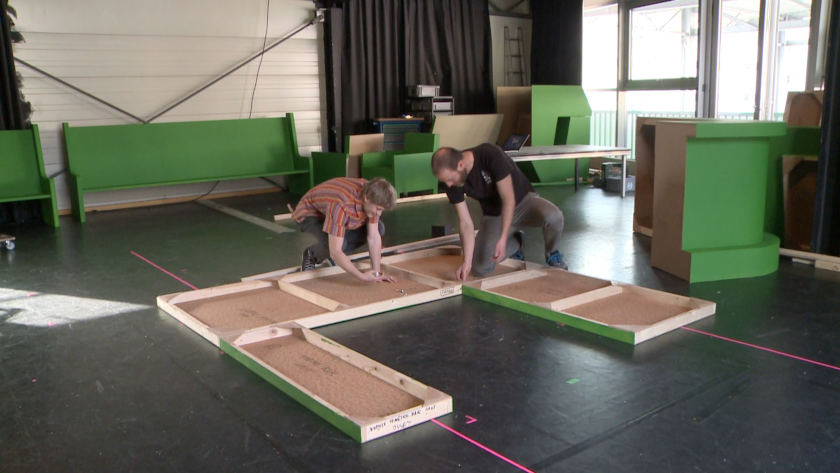
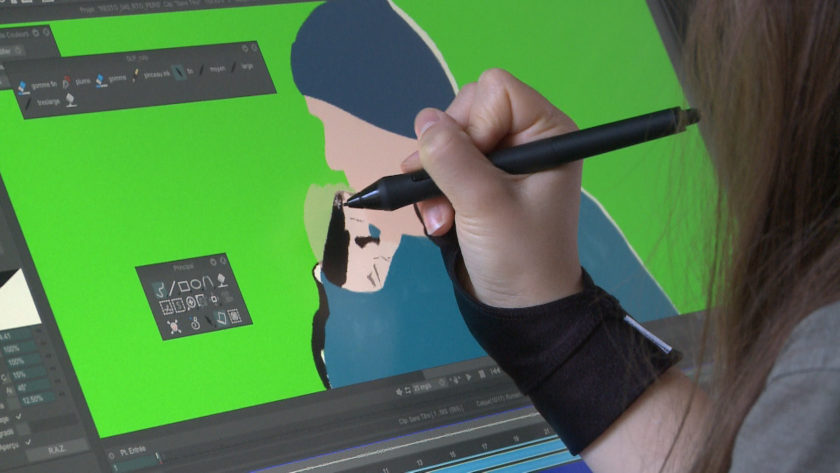
Contributed by: Julia Lewicka
The Swiss Animation Portraits 2022 series is conducted in partnership with Swiss Films.




